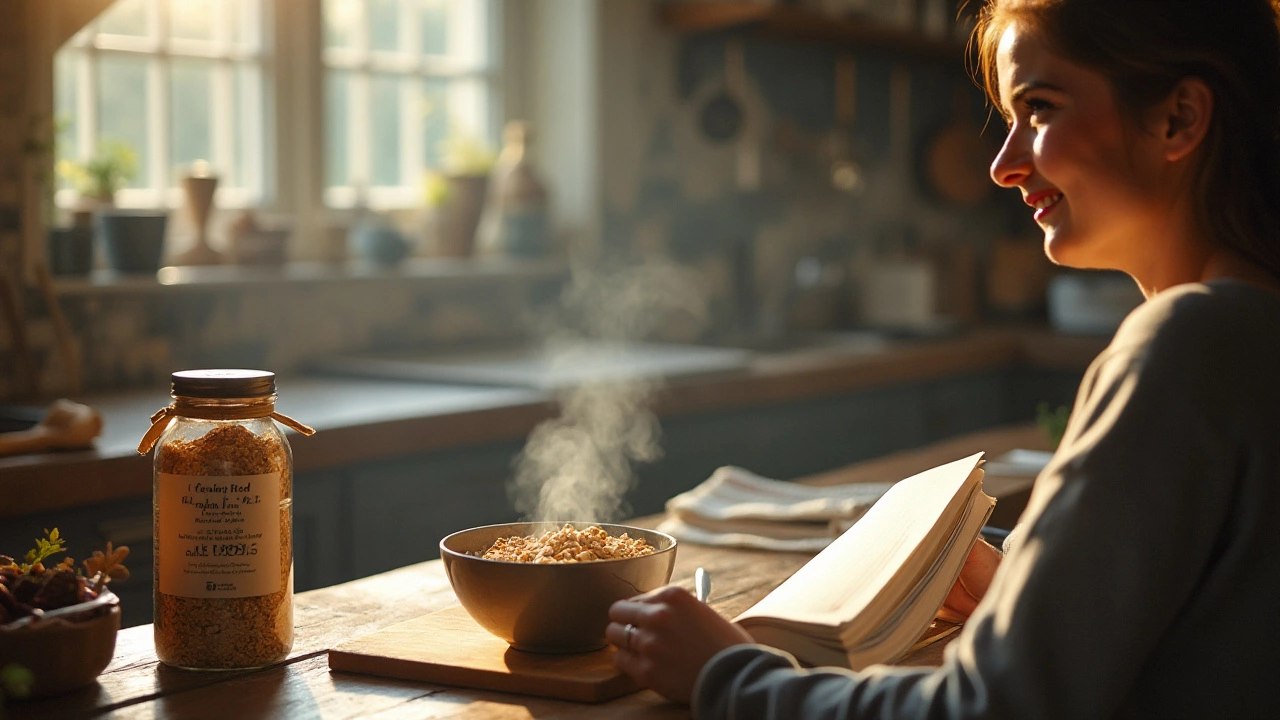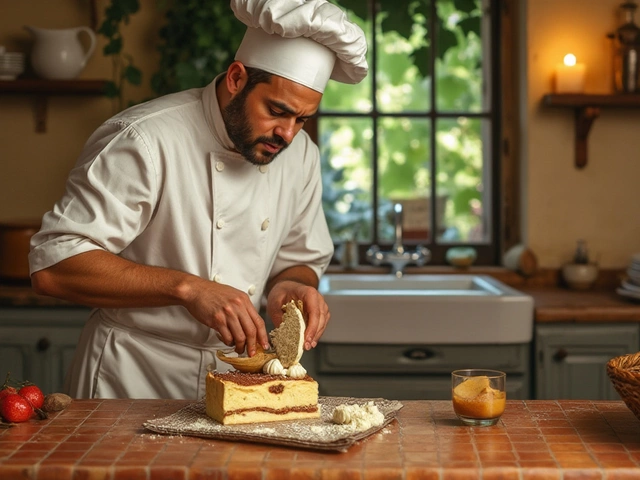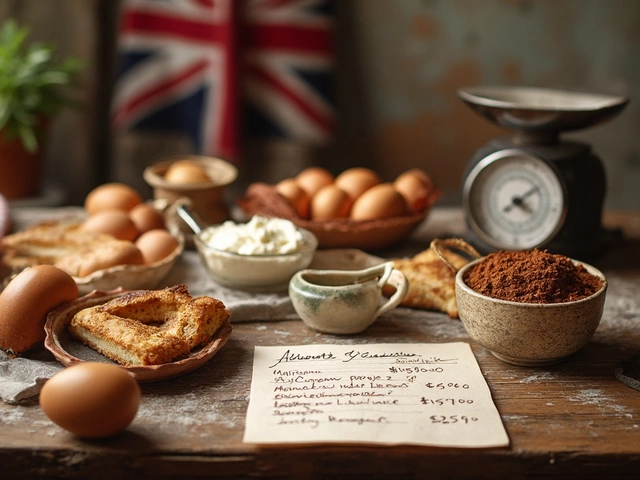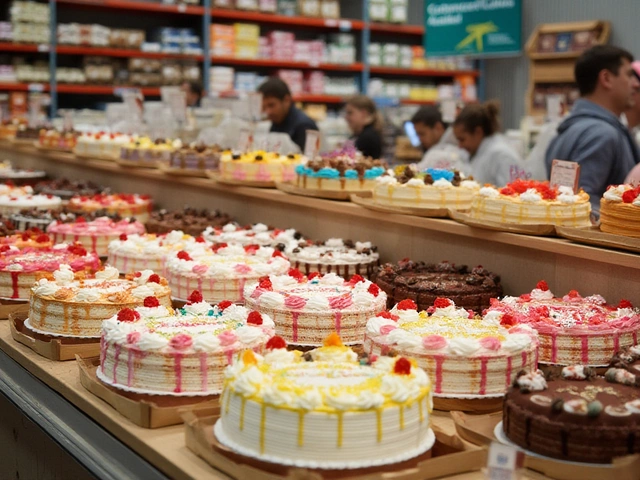Gluten Sensitivity: Simple Tips for Safe Baking & Eating
If you notice stomach cramps, bloating, or brain fog after a slice of pizza, you might be dealing with gluten sensitivity. It’s not the same as celiac disease, but both react to the protein gluten found in wheat, barley, and rye. The good news? With a few habits you can keep the gut upset out of your life and still enjoy tasty treats.
Spotting Hidden Gluten in Everyday Foods
Most people think gluten only lives in bread, but it loves to hide in sauces, soups, and even candy. Look for words like malt, brewer’s yeast, modified food starch, and “wheat‑based” on ingredient lists. Packaged snacks often share a line with wheat products, so cross‑contamination can sneak in. When you’re not sure, call the manufacturer – they usually have a quick answer.
Gluten‑Free Baking Swaps that Actually Work
Switching to gluten‑free flour isn’t as hard as it sounds. A 1‑to‑1 swap of all‑purpose flour for a blend of rice flour, tapioca starch, and potato starch gives you a similar texture in cakes and cookies. Add a tablespoon of xanthan gum per cup of flour if you miss the elasticity gluten provides. For brownies, use almond flour and a dash of cocoa powder – they stay fudgy and don’t crumble.
Eggs are natural binders, so if you’re avoiding dairy too, try a mix of flaxseed meal and water (1 tblsp flax + 3 tblsp water). Let it sit a few minutes and you’ve got a gel that mimics eggs. This trick works in muffins, quick breads, and even pancake batter.
Don’t forget the sweet side. Many chocolate chips contain trace gluten, so opt for brands that label "gluten‑free" on the package. If you’re making frosting, swap regular powdered sugar for a gluten‑free version – most are identical, but double‑check the label.
One of the biggest pitfalls is using the same utensils for gluten and gluten‑free dough. Separate bowls, spatulas, and even storage containers. A simple color‑coded system (blue for gluten, green for GF) keeps mix‑ups at bay.
When you’re out eating, choose naturally gluten‑free foods: salads (watch dressing), grilled meats, rice bowls, and fresh fruit. Many restaurants now have a gluten‑free menu – ask the staff how they prevent cross‑contamination. A quick “Do you use a separate fryer?” can save your day.
Living with gluten sensitivity isn’t a life sentence of bland meals. With label‑reading confidence, a few reliable flour blends, and smart kitchen habits, you can keep your diet enjoyable and gut‑friendly. Keep this guide handy, and you’ll spot hidden gluten, bake delicious GF treats, and feel better every day.






